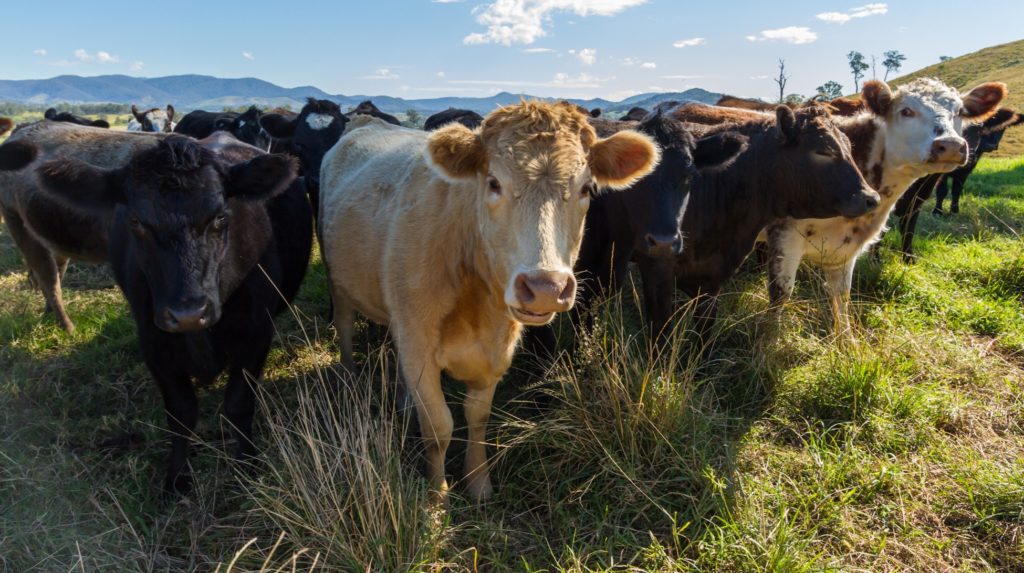We're free of some of the world's worst livestock diseases. The manifesto that upholds this protection has just been heralded with a prestigious biosecurity award.
A foot and mouth outbreak could cost tens of millions of dollars. Marc Dalmulder/Flickr, CC BY.
Australia is lucky to be free of the world’s worst animal diseases, such as foot-and-mouth disease and avian influenza H5N1.
Up-to-date strategies to eradicate these diseases are crucial for Australia’s biosecurity, and ‘peacetime’—before an outbreak strikes—is the best time to develop an emergency response plan.
That’s why the Australian Veterinary Emergency Plan (AUSVETPLAN) was created 25 years ago, evolving over that time into a comprehensive set of manuals outlining the various roles, responsibilities and policy guidelines for organisations involved in Australia’s response to an emergency animal disease outbreak.
Last night the 12-person Technical Review Group who work tirelessly to constantly review AUSVETPLAN had their efforts recognised picking up a prestigious Department of Agriculture and Water Resources Australian Biosecurity Award.
“The animal diseases covered by AUSVETPLAN pose a major threat to Australia’s livestock and poultry industries and any outbreak could risk access to export markets and undermine people’s livelihoods,” said Dr James Watson, one of our scientists at the Australian Animal Health Laboratory (AAHL) in Geelong and member of Technical Review Group.

Our Australian Animal Health Laboratory in Geelong is at the frontline of protecting animal and human health in Australia.
“Our job is to ensure that the latest disease knowledge is converted into good policy that regularly considers scientific, economic and animal health and welfare developments. We officially allocate 20 per cent of our time to AUSVETPLAN, but in reality it’s a lot more – biosecurity isn’t really a nine to five thing.”
The series of 95 manuals and supporting documents has become renowned as the international benchmark for emergency disease response and is constantly updated by the Technical Review Group to ensure the latest scientific advances are incorporated into Australia’s biosecurity strategy.
It’s testament to the high standards and enthusiasm of the group’s members that an outbreak of equine influenza in 2007 and four outbreaks of avian influenza in 2012 and 2013 were all successfully eradicated using AUSVETPLAN manuals as the basis for the response.
“The manuals and supporting documents are a truly Australian initiative, unique in the world of animal health, and are judged as the gold standard internationally,” said Dr Watson.
If you’d like to find out more about the work that we do at AAHL, please visit https://www.csiro.au/en/Research/Facilities/AAHL


